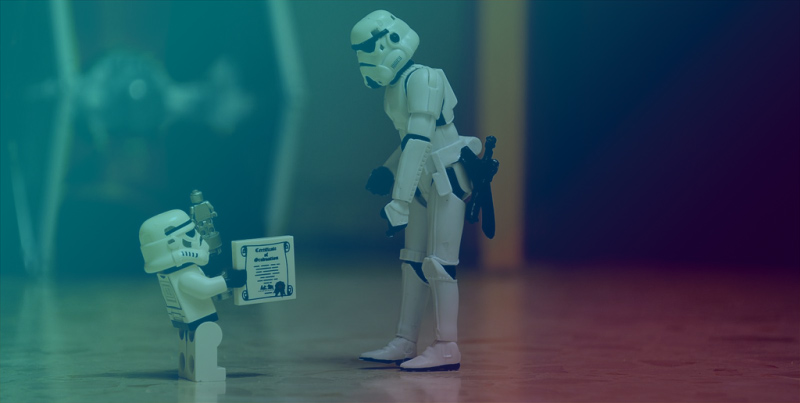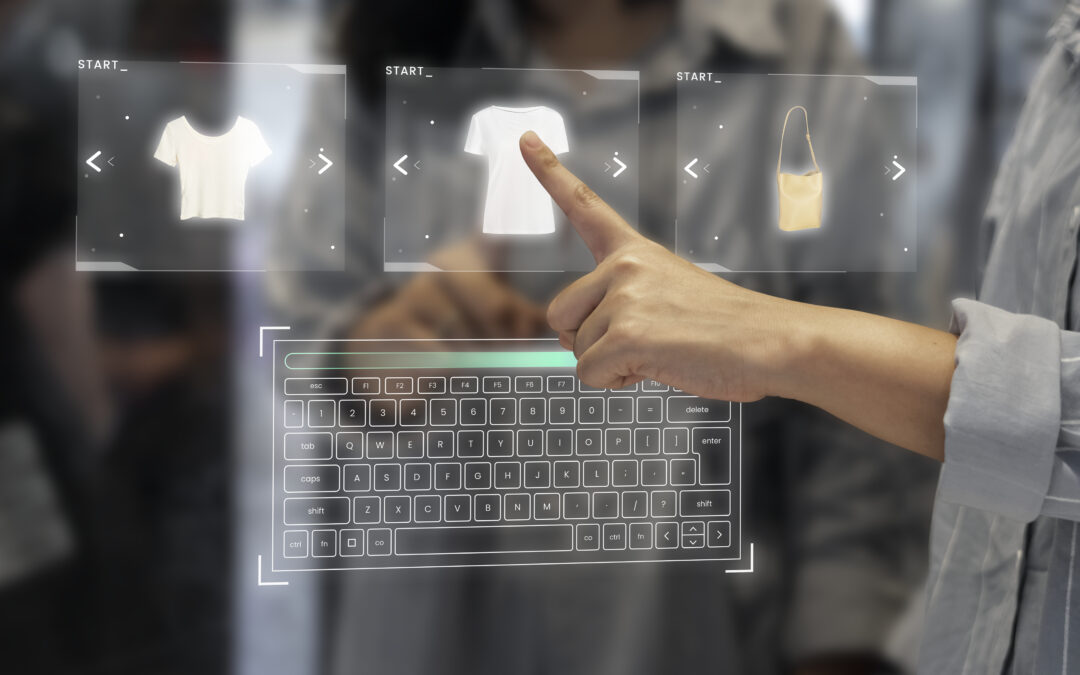We couldn’t miss our appointment at the Mobile World Congress to see first-hand what’s the latest in the Android-oriented mobile world.
Fears that this 2017 edition was going to be less interesting than in previous years had been rife in the days leading up to it, but they were certainly unfounded: it was an event that got off to a very strong start and we certainly didn’t come away from it disappointed.
Nokia’s tribute to its legendary 3310, Telefónica’s presentation of AURA and the new LG 6 were some of the most representative moments seen at the Fira Barcelona.
Despite spending a lot of time going from meeting to meeting with the brands, we have been able to attend most of the important novelties in the sector.
From Boardfy today we bring you a small summary of what we have seen in this Mobile World Congress 2017. We hope you enjoy reading it as much as we did remembering it.
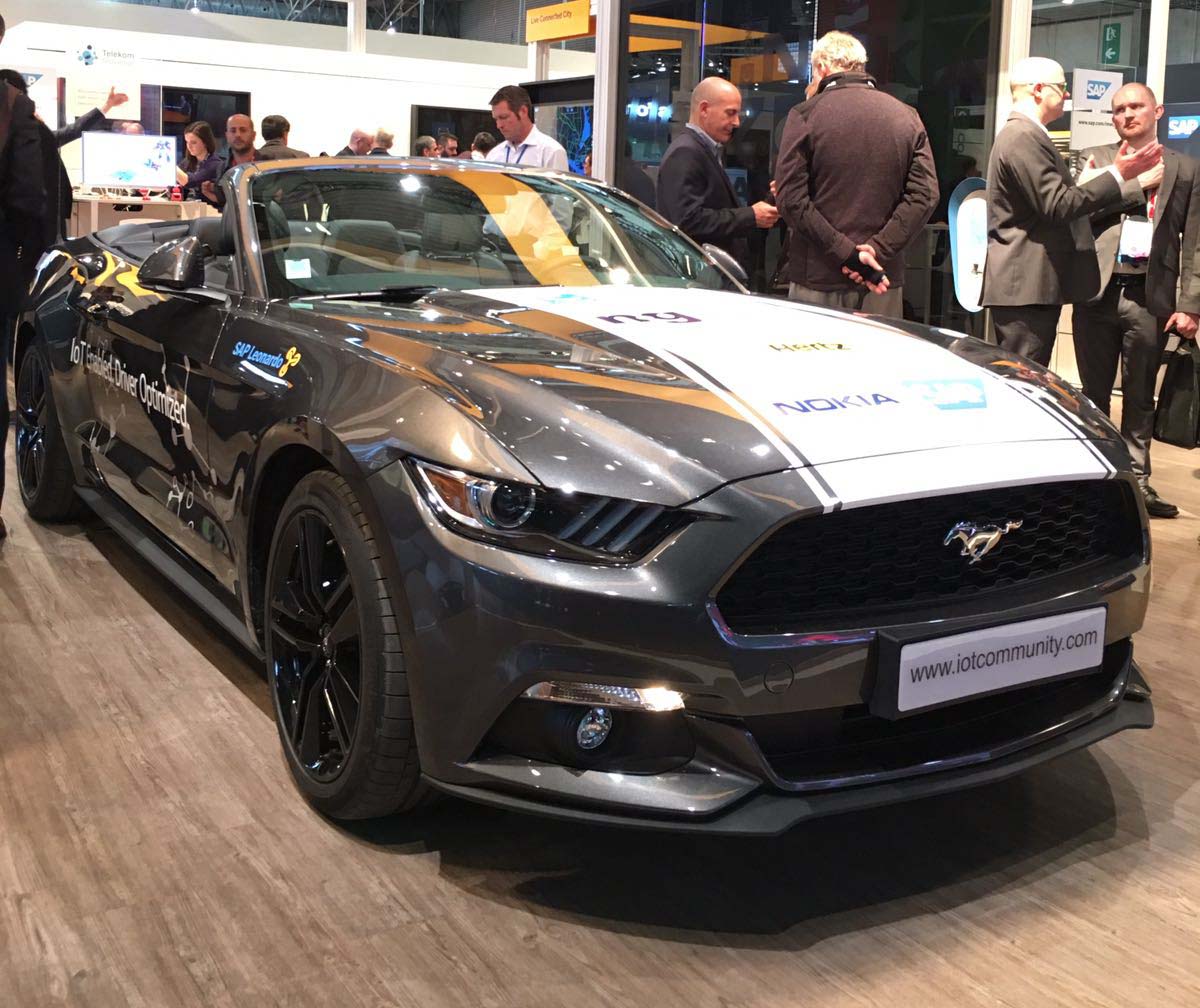
Nokia’s resurrection?
Nostalgia has invaded us during this presentation. The Finnish brand wanted to relive better times with the launch of its now legendary 3310.
It is not a smartphone, but rather a mobile phone with its traditional features: an eternal battery with up to 20 hours of uninterrupted talk time, the classic Snake and the hated/loved Nokia Tune. It has also been launched at a price that will tempt many nostalgic people: 50 euros. At Boardfy more than one is already thinking about it.
They have also launched pure smartphones such as the Nokia 6, 5 and 3.
Samsung, making up for an absence
Due to the problems caused by the Galaxy Note 7’s exploding batteries, Samsung has chosen to delay the release of the Galaxy S8 and give more prominence to tablets this time around.
The high-end Galaxy Tab S3 and the new Galaxy Book, more oriented towards professional users, have been the brand’s main attraction.
In addition, following market trends, it unveiled a new version of its virtual reality glasses, the Gear VR, with remote control for a more immersive experience.
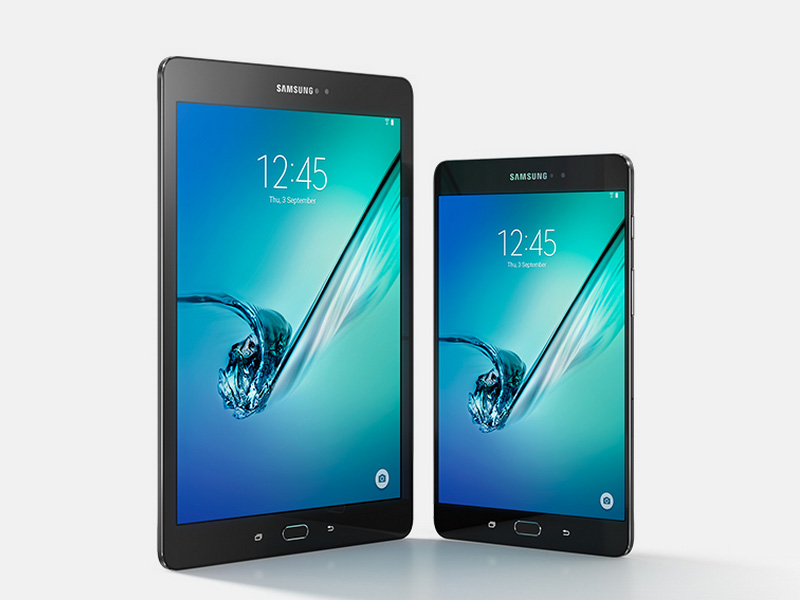
Huawei takes a stand
It was one of the most eagerly awaited presentations from the fashion manufacturer. Huawei is a leader in high-end novelties with its P10 Lite and P10 Plus phones. The latter with 6 GB of RAM and 4 cores at 2.4 Ghz, accompanied by a 20 Mpx camera and a front fingerprint reader. Words are superfluous.
They have also announced the new Watch 2 smartwatch with the aim of standing up to the other alternatives on the market, including the Samsung Gear S3.
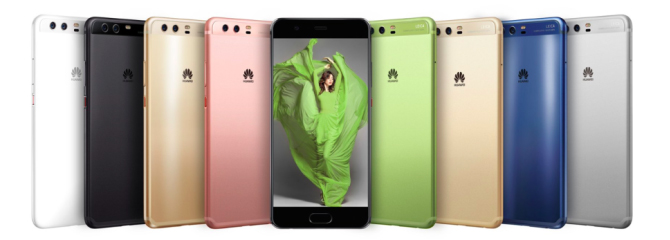
LG: the elongated screens have arrived
After a disappointing run with its modular phones, the South Korean brand is back with the LG G6. Its main asset, apart from a very powerful processor, is the visual quality offered by its screen: it is the first mobile phone in history capable of offering a FullVision 18:9 ratio on its screen. In addition, it will give away the equivalent of $200 worth of games on Google Play with the intention, we imagine, of capitalising on the visual performance it can achieve.
Sony is at it again
The Japanese brand wants to continue to fight in the high-end smartphone segment and presented its Sony Xperia XZ Premium during this Mobile World Congress.
It is the first smartphone on the market to feature a 4K HDR screen and a complex camera system capable of recording ultra-fast video. They have also included a system called “Motion Eye” which will start recording as soon as the phone detects movement, to capture those quick shots we miss before the finger presses the button.
Sony has not specified a specific date or price for this model, only that it will be released in June. From our experience of monitoring market prices, we estimate the price to be around 800 euros.
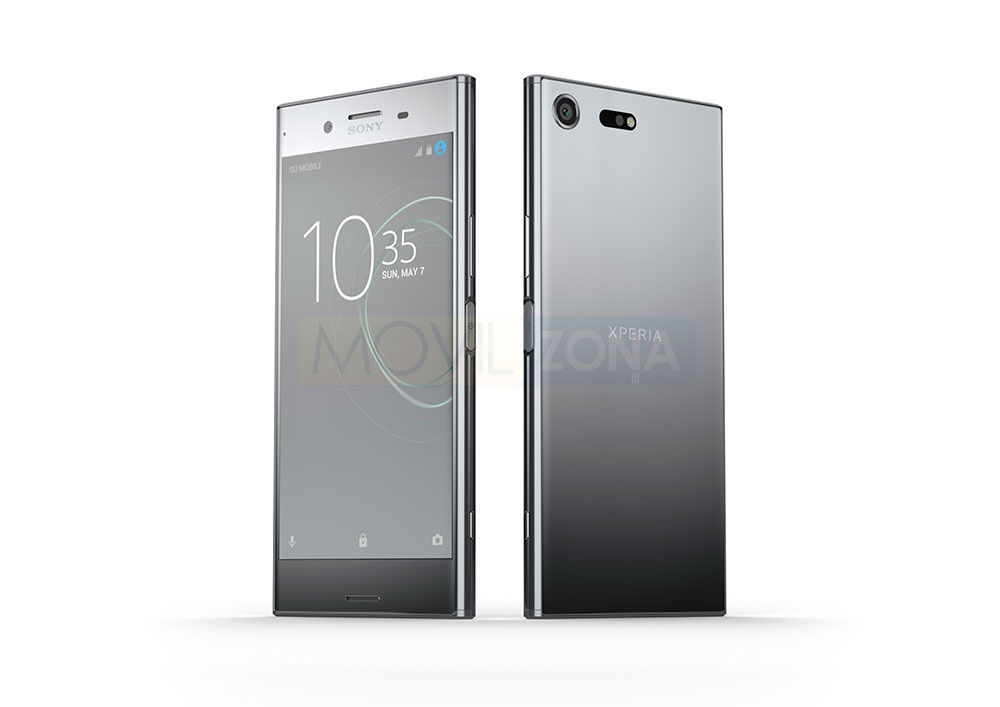
Our analysis
The smartphone market has suffered a slight slowdown (not recession) in growth over the last two years, with handsets being launched with less and less disruptive innovations. It is safe to say that handset saturation and high handset prices are largely to blame for this slight stagnation in smartphone sales.
Both the United States and Europe are full of smartphones and users do not have time to replace their handsets with the new models. In addition, with the emergence of Chinese brands such as Xiaomi, which offer an enviable price-quality ratio, consumers are opting for these more affordable options.
Even so, brands know that profitability lies in high-end or premium terminals and, as we have seen at this Mobile World Congress 2017, they have focused all their efforts on this type of smartphone.
If we add to this the fact that both Apple (whose sales have deflated due to its exclusivist strategy that has not been accompanied by significant improvements) and Samsung are threatened by a Huawei that is gaining more and more market share, we can say that it is not surprising that prices are becoming more and more equal, hovering around 700 euros.
This price war is not exclusive to the brands, but also to the ecommerce that sells the smartphones. That’s why part of our presence at the Mobile World Congress was motivated by the brands’ desire to control their distributors’ sales prices in the online channel.

All price wars sometimes cause ecommerce to lower their prices beyond the manufacturer’s own Recommended Retail Price, breaking commercial agreements and destabilising the brand’s image strategy.
Because of this, it is vital for brands to be able to automatically detect who is distributing their products on the internet, as well as being able to control their selling prices and receive alerts when any of them breach the RRP.
This has been our vision of the Mobile World Congress 2017, an event in which, despite some absences, we have enjoyed every stand and presentation we have been able to attend until the last minute. Next year we will be back!
